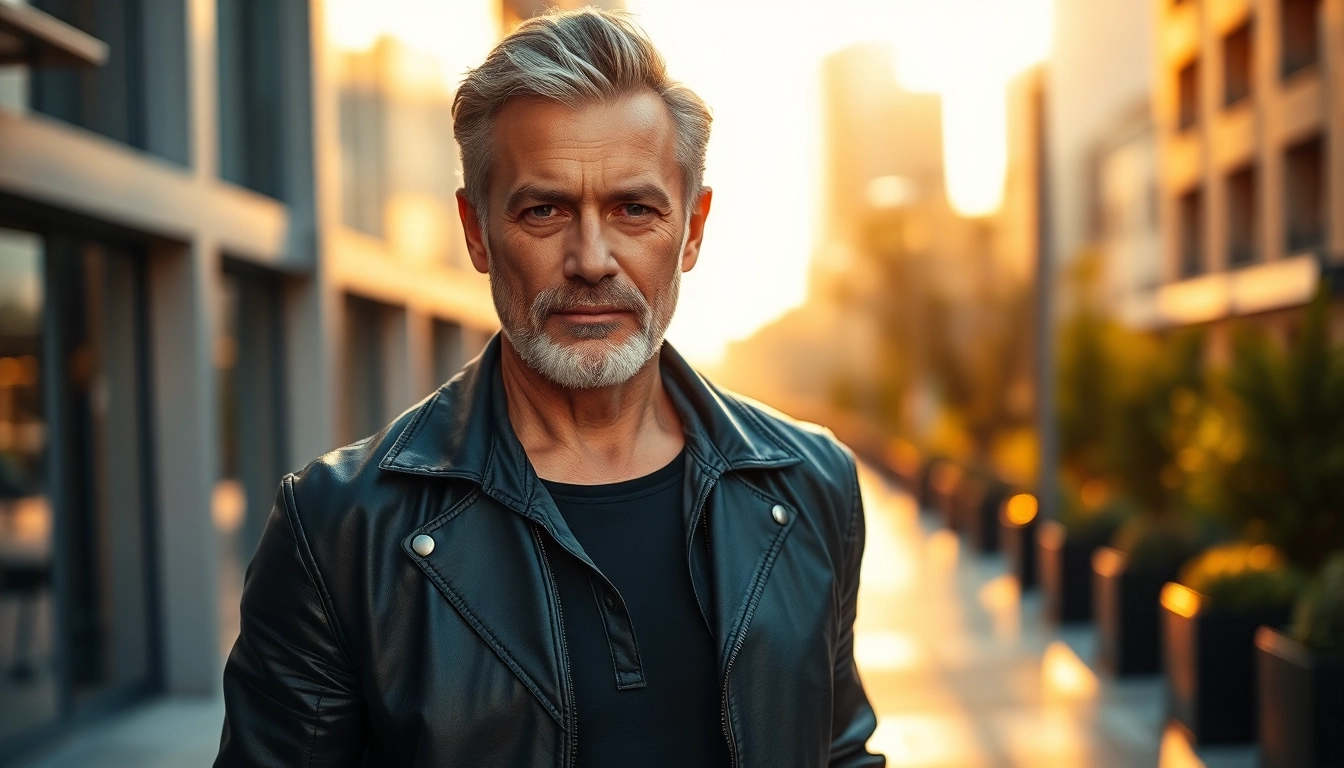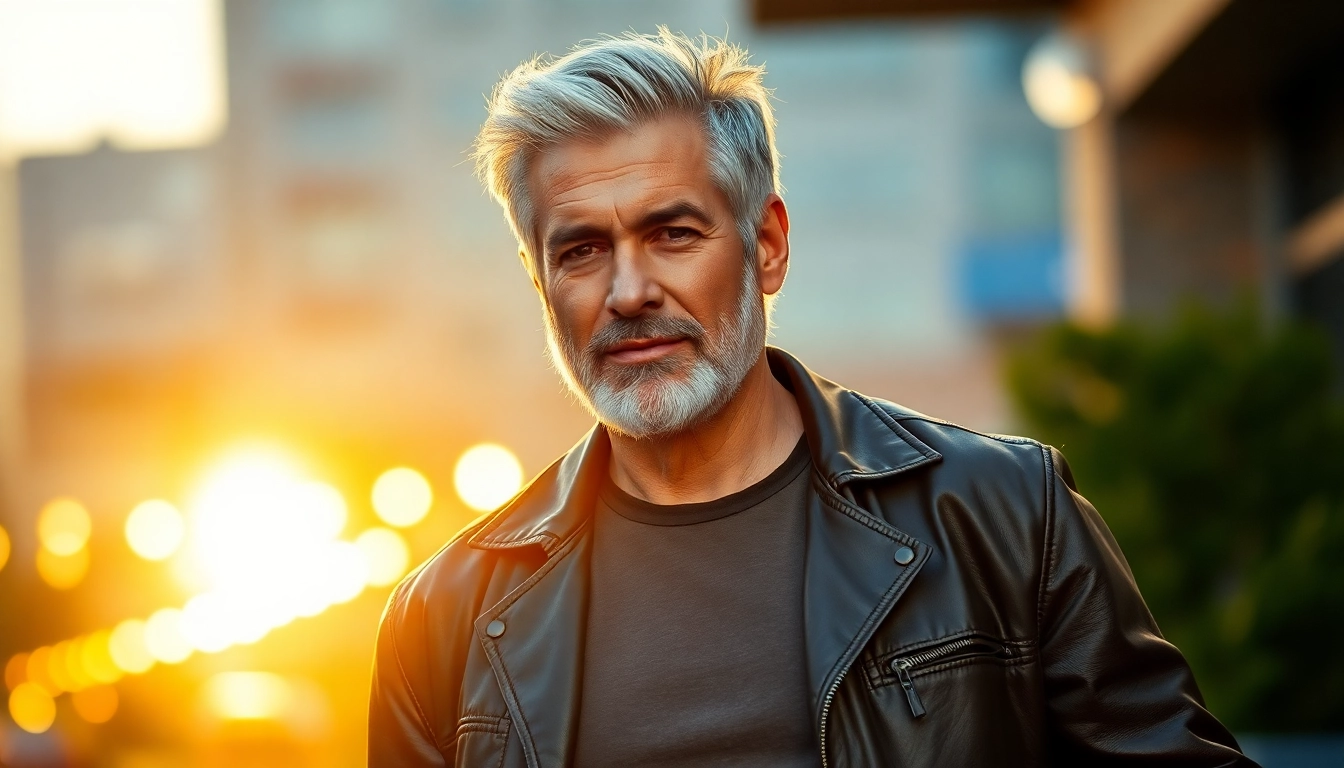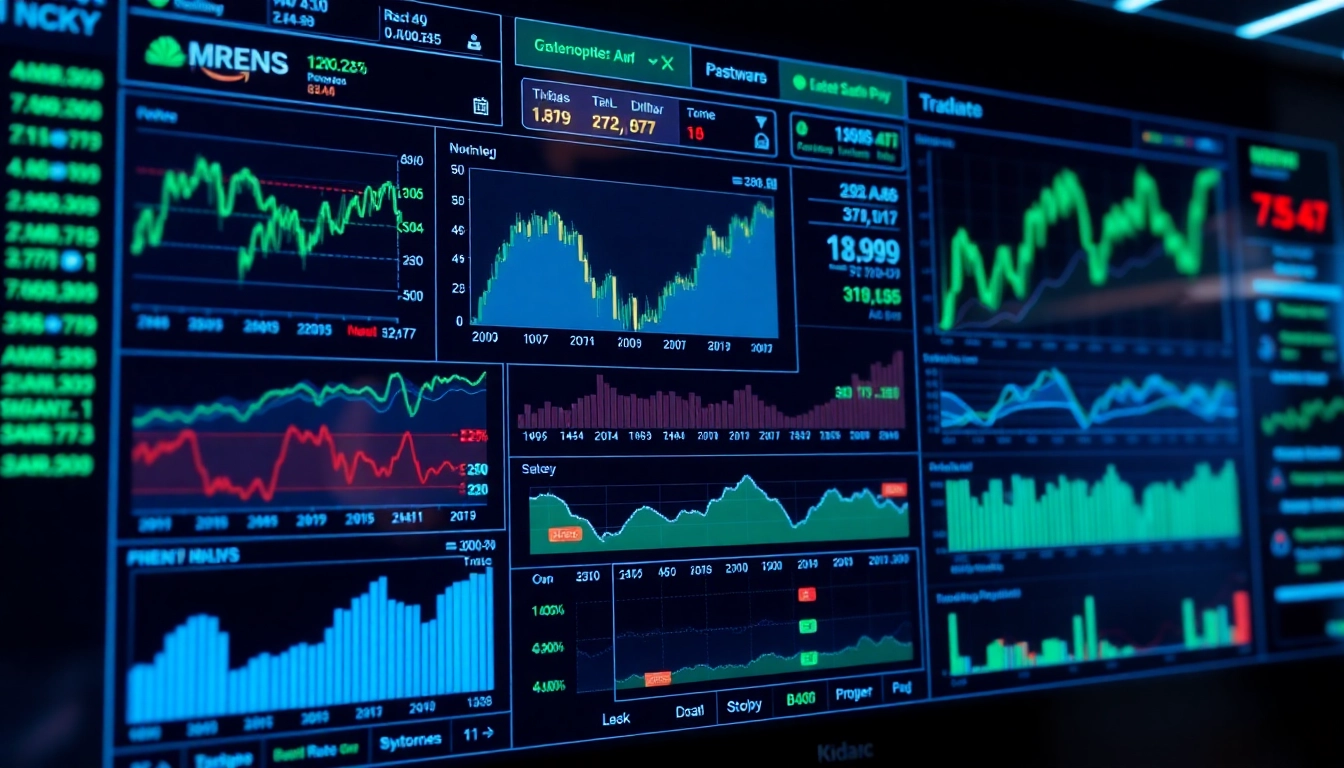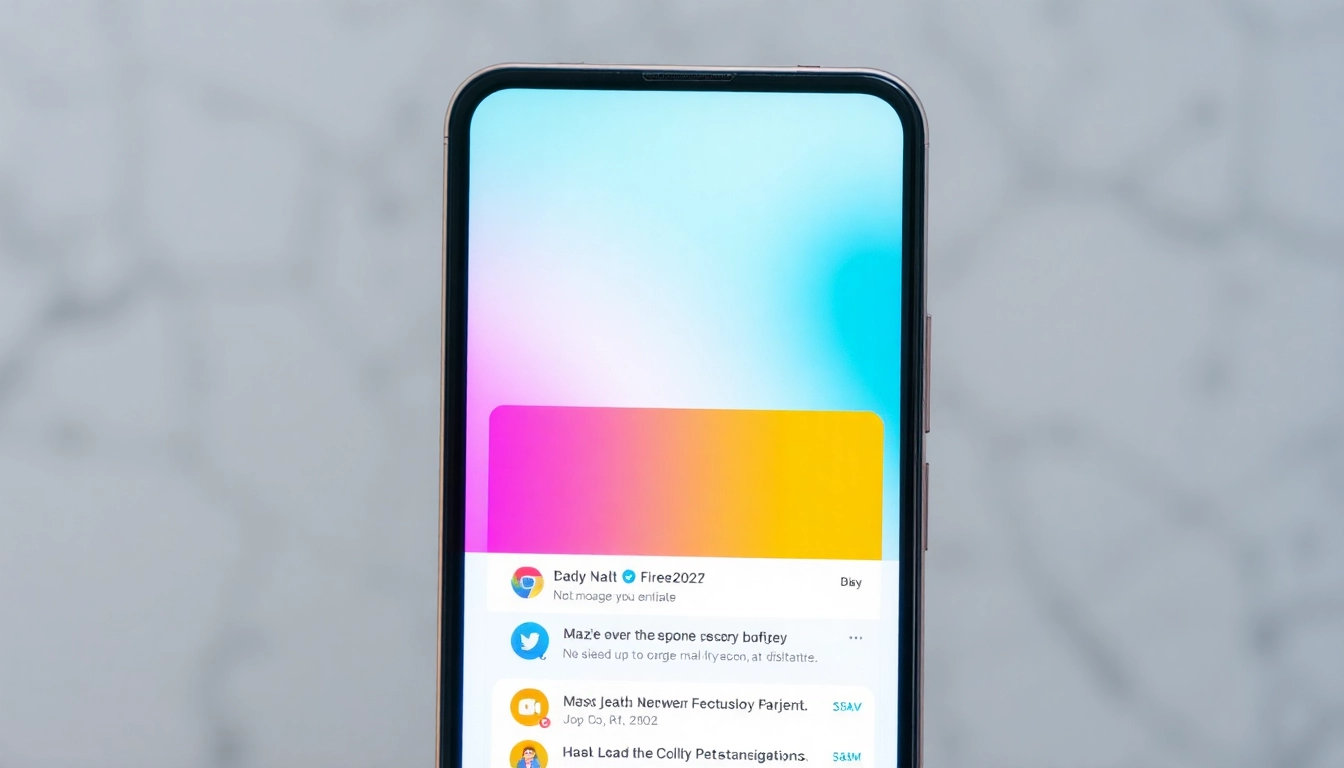Introduction to the Term DILF: Definition and Origin
The term dilf is a colloquial acronym that stands for “Dad/Daddy I’d Like to F*.” It is used to describe an older, typically more mature man who exudes attractiveness and sexual appeal. Unlike traditional perceptions of attractiveness that focus solely on youth, the dilf archetype emphasizes rugged masculinity, confidence, and often a sense of life experience that many find irresistibly appealing.
Though the phrase might seem to imply that a man must be a father to be considered a dilf, the reality is more nuanced. The term is more about an aura of maturity combined with physical appeal than about actual parenthood. It can be employed humorously or as a sincere compliment, depending on the context. The origin of the term gained popularity shortly after the rise of the similar term MILF, which stands for “Mother I’d Like to F*.” Both terms are part of a broader internet and pop culture lexicon that celebrates sexuality beyond conventional age boundaries.
The dilf phenomenon is rooted in a cultural shift that increasingly embraces diverse standards of attractiveness. The term first gained mainstream traction in the early 2000s, fueled by the popularity of movies, television, and internet culture that began to reframe notions of masculinity and attractiveness in more inclusive ways. Its playful, provocative nature helped it spread rapidly across social media platforms, forums, and pop culture references, making it a recognizable archetype in contemporary society.
Cultural Significance of DILF in Modern Media and Internet Culture
In modern media and internet culture, dilf has transcended its initial humorous connotation to become a symbol of desirable masculinity. The term’s rise coincided with an increased focus on body positivity, diverse representations of attractiveness, and the breaking down of ageism in popular culture. Today, the dilf archetype embodies a confident, attractive older man who balances strength, maturity, and sex appeal in a way that resonates with a broad audience.
This cultural shift is evident in the way dilf is celebrated on social media platforms, in memes, and in fan communities. Its popularity reflects broader societal trends that challenge traditional standards of youth-centric attractiveness, emphasizing that charisma, confidence, and experience can be just as alluring as youthful beauty. The term also often appears in humorous contexts, memes, and playful banter, further cementing its place in contemporary internet vernacular.
Furthermore, the dilf phenomenon highlights evolving perceptions of masculinity. It often emphasizes traits such as a well-maintained physique, a sense of style, and a charismatic personality—traits that are widely appreciated across genders and ages. As a result, the dilf archetype influences advertising, celebrity culture, and even fashion, where older men are increasingly portrayed as desirable and aspirational figures.
Popular DILF Characters in Films, TV Shows, and Video Games
Daddy Halsin from Baldur’s Gate
One of the most recent and notable examples of the dilf archetype appears in the realm of video games. Daddy Halsin, a character from the popular role-playing game Baldur’s Gate, has garnered a significant fan following largely because of his protective and strong personality. Fans affectionately refer to him as Daddy Halsin because of his commanding presence and mature, attractive appearance. His character embodies many qualities associated with the dilf archetype: confidence, strength, and a nurturing demeanor that appeals to players seeking a complex, charismatic figure.
Halsin’s portrayal as a wise and powerful protector resonates with players who admire older, authoritative characters with a sense of vulnerability hidden beneath their strength. His popularity underscores how the dilf archetype has expanded into gaming culture, where attractiveness is often linked with character depth and personality traits rather than just physical appearance.
Fred Andrews from Riverdale
On television, Fred Andrews, a character from the Netflix series Riverdale, epitomizes the modern dilf. Played by actor Luke Perry, Fred is depicted as a caring, responsible, and attractive father figure who also exudes a rugged, masculine charm. Fans often describe him as a quintessential dilf because he embodies maturity, strength, and emotional depth—traits that resonate deeply with viewers seeking relatable yet aspirational characters.
Fred’s character highlights how the dilf archetype can be portrayed in a multi-dimensional way, blending traditional masculinity with vulnerability and kindness. His popularity is a testament to how media representations have broadened the scope of attractiveness, emphasizing personality and integrity alongside physical appeal.
Rob’s Father in American Pie Presents: The Book of Love
Another notable portrayal of the dilf appears in the 2009 comedy American Pie Presents: The Book of Love. The film introduces Rob’s father as a character who, despite being an older man, possesses a level of attractiveness that earns him the dilf label from fans and characters within the narrative. This portrayal plays into the humorous and exaggerated aspects of the dilf archetype, often emphasizing a rugged, confident, and somewhat flirtatious demeanor.
This character’s role in the film underscores how the dilf archetype is often used for comedic effect, but also as a sincere compliment in various contexts. The portrayal aligns with the broader cultural understanding that attractiveness can be ageless and multifaceted.
The Rise of DILF in Online Communities and Social Media
DILFs of Disneyland Instagram Account
One of the most prominent online phenomena celebrating dilfs is the DILFs of Disneyland Instagram account. With over 300,000 followers, this account curates photos of attractive, often older men spending quality family time at Disneyland, capturing candid moments that showcase their charm and appeal. The account’s popularity underscores how social media platforms have become spaces where the dilf archetype is celebrated and normalized, blending family-friendly environments with adult admiration.
This phenomenon illustrates a cultural shift where attractiveness is not confined to youth and where older men are increasingly appreciated for their charisma and presence. The account also fosters a sense of community among followers who share an appreciation for confident, mature men in everyday settings, challenging traditional notions of masculinity and age-related attractiveness.
r/DILFs Subreddit
Beyond Instagram, the r/DILFs subreddit is a thriving online community dedicated to celebrating and discussing the dilf archetype. With nearly 100,000 members, this NSFW forum features a mix of user-submitted photos, memes, and discussions centered around attractive older men. The community promotes a supportive and positive environment where individuals can openly appreciate the appeal of mature masculinity.
The subreddit exemplifies how online communities foster shared interests around niche topics like dilf, helping to normalize and elevate the archetype in digital culture. It also reflects broader societal shifts towards embracing diversity in attractiveness and age.
Comparing DILF and MILF: Similarities, Differences, and Social Perception
The dilf and milf archetypes are often discussed together due to their similar structure—both are acronyms that combine age, attractiveness, and sexual appeal. However, there are nuanced differences in social perception and cultural implications.
While milf tends to focus on the attractiveness of a mother figure, often emphasizing a sense of nurturing combined with sexual desirability, dilf leans more towards traditional masculinity, strength, and rugged appeal. Society tends to view milf with a mix of admiration and fetishization, sometimes bordering on objectification, but also as a celebration of female sexuality and attractiveness at any age.
In contrast, dilf is often perceived as embodying mature masculinity, confidence, and a protective aura. It can be used humorously, sincerely, or even as a compliment that challenges stereotypical notions of aging and attractiveness. Both archetypes have contributed to a broader cultural discourse on age, sexuality, and societal standards of beauty, encouraging a more inclusive appreciation of attractiveness across age groups.
The Role of DILF in Pornographic and Mainstream Culture
The dilf archetype has become increasingly prominent within pornographic culture, where it is a popular search tag and category. Adult content providers have recognized the appeal of mature, attractive men and have created specialized genres to cater to this audience. The popularity of dilf content reflects a societal acceptance and even celebration of older men as objects of desire.
In mainstream culture, the archetype appears in advertising, television, and film, where older men are portrayed as desirable, confident, and sexually active. This shift challenges outdated stereotypes that associate aging with decline and invisibility. Instead, it positions the dilf as a symbol of vitality, experience, and authority—traits that many find attractive and aspirational.
Moreover, the presence of dilf themes in popular culture helps normalize sexuality at all ages, promoting a healthier and more inclusive view of aging and attractiveness.
How the DILF Archetype Shapes Modern Masculinity and Attraction
The dilf archetype plays a significant role in shaping contemporary ideas of masculinity. It emphasizes qualities such as confidence, strength, emotional intelligence, and a sense of style—traits that extend beyond traditional notions of masculinity rooted solely in physical strength or stoicism.
As society increasingly values authenticity and diversity in expressions of masculinity, the dilf archetype exemplifies a version of masculinity that is mature, responsible, and attractive. It encourages men to embrace aging as a positive attribute rather than something to hide or deny. This shift influences fashion, grooming, and lifestyle choices, promoting a narrative where older men are not only respected but also admired for their vitality and appeal.
In terms of attraction, the dilf archetype broadens the scope of desirability, proving that appeal does not diminish with age. It fosters a more inclusive perspective that values personality, confidence, and experience alongside physical features, ultimately enriching societal understanding of what makes a man attractive.
Conclusion: The Future of DILF in Popular Culture and Society / The Ultimate Guide to DILFs: Exploring the Cultural and Popular Phenomenon
The dilf archetype has firmly established itself as a defining element of modern masculinity and attractiveness. Its rise from internet slang to a celebrated cultural symbol reflects broader societal changes that embrace diversity, aging, and authenticity. From its portrayal in films, TV shows, and video games to its vibrant communities online, the dilf phenomenon continues to evolve and influence perceptions of attractiveness.
As society moves forward, the dilf archetype is likely to become even more normalized and appreciated. It challenges outdated stereotypes about aging and attractiveness, promoting a more inclusive and positive view of masculinity that celebrates confidence, strength, and vitality at any age. Whether in mainstream media, social media, or individual admiration, the dilf archetype exemplifies how cultural perceptions of attractiveness are becoming more diverse and accepting.
In conclusion, understanding the cultural significance of dilf helps us appreciate how concepts of beauty and desirability are shifting. It is a reflection of society’s broader embrace of diversity and aging, marking a future where attractiveness is not confined to youth but is recognized across the spectrum of age and personality. The dilf phenomenon continues to grow, inspiring conversations about masculinity, aging, and sexuality in the modern world.





